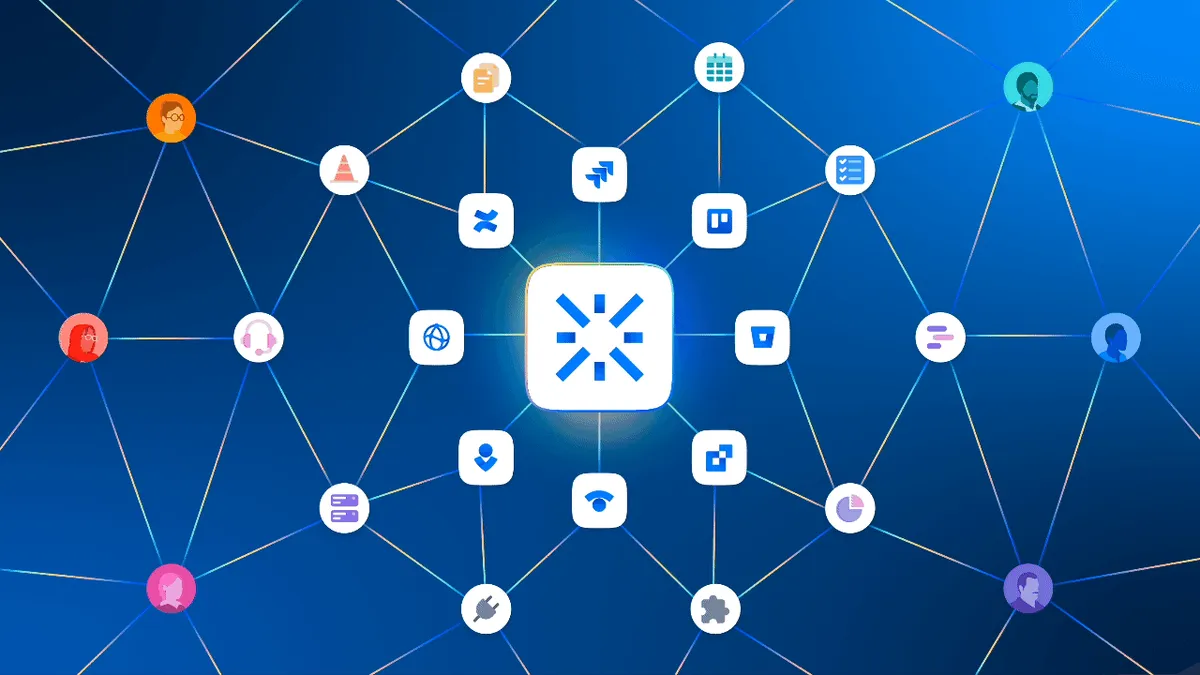Dive Brief:
- Atlassian is plugging generative AI into its collaboration software suite, adding an intelligence-based layer to services and project work, the company announced Wednesday.
- Through Atlassian Intelligence, customers can use generative AI technology from OpenAI to summarize decisions and action items from meeting minutes, draft tweets based on product specifications documented in Confluence and define test plans for product updates in Jira Software.
- IT teams will be able to use a virtual agent as part of Jira Service Management to summarize activity on help requests, craft responses and surface previously resolved or related issues to enable faster incident resolution. The virtual agent can also recommend relevant articles and pages from Confluence to resolve requests.
Dive Insight:
Atlassian Intelligence is available in early access and companies can sign up to join the waitlist. Companies will need to opt in to access the new capabilities even as they become more widely available, with the option to opt in for specific tools. For example, a company could opt in for Jira and not Confluence.
The software company is expecting to release additional capabilities related to administrative controls and insights in the future, according to Sherif Mansour, head of product, AI at Atlassian.
Data privacy is a top concern for companies when it comes to generative AI tools. As more vendors embed generative AI capabilities, companies need to communicate what employees should or shouldn’t put into these models.
Similar to other tools built on large language models, Atlassian’s is a work in progress. For use cases where the technology is using data from the internet, there is a chance it could produce incorrect information. To combat this, Atlassian used configurations and parameters to make the model less likely to improvise.

“Because a lot of our customers are enterprises or small businesses, we definitely try to turn down all the configurations to be more on the conservative side,” Mansour said. “In everything we build, there’s a feedback mechanism so you can report an issue if there is an error.”
In Jira Service Management, it’s unlikely that the technology would hallucinate — or generate incorrect, unexplained results — because it is expected that employees are only putting factual information into internal knowledge base articles, Mansour said.

“What you might get here is a staleness problem,” Mansour said. “Someone’s written a knowledge base article that hasn’t been updated for six months.”













